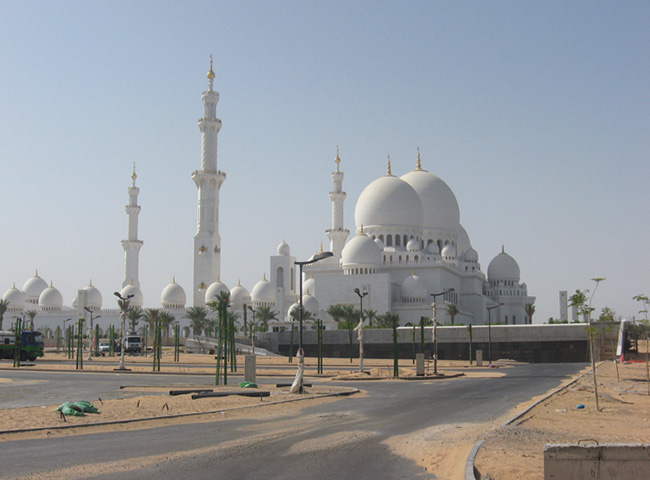
Abu Dhabi in UAE City Guide
Abu Dhabi is the capital, the largest and wealthiest of the seven emirates and the seat of the federal government. It is home to major financial institutions such as the Abu Dhabi Securities Exchange and the Central Bank of the United Arab Emirates, as well as the headquarters of many major international conglomerates.
Under Sheikh Zayed, Abu Dhabi became the first emirate to export oil in 1962 and continues to depend on oil exports for a major part of its income, holding 95% of oil and 6% of gas resources of the country. This is approximately 9% of the world’s oil reserves.
In order to smooth out the fluctuations in income from formerly volatile oil prices, the emirate has been diversifying, with emphasis been put on the development of real estate and tourism. Huge investment has gone into major tourism projects including the US$40bn racing track at Yas Island, host to the Abu Dhabi Grand Prix, as well as the Abu Dhabi Film Festival and an increasing number of international exhibitions at the Abu Dhabi National Exhibition Centre (ADNEC).
The airport has recently undergone large scale development and improvement and is equipped to handle 12 million passengers annually. An additional capacity of 27 million passengers will be available on completion of the Midfield Terminal Complex (MTC), which is currently under construction. The airport serves as home and hub for Etihad Airways, the fast-growing national flag carrier of the United Arab Emirates, which is owned by the Government of Abu Dhabi.
In line with the somewhat traditional nature of the emirate, Abu Dhabi has concentrated much of the funding on a US$27bn cultural and financial centre set on the island of Sadiyat. When finished, the centre will host both a branch of the Guggenheim Museum and the Louvre along with three other museums, luxury hotels, a concert hall, art galleries and golf courses.
Culturally the city remains fairly conservative, with a higher national population than flamboyant neighbour Dubai, but the forward thinking attitude, investment acumen and willingness to embrace new business are incorporated into the traditional appearance.






